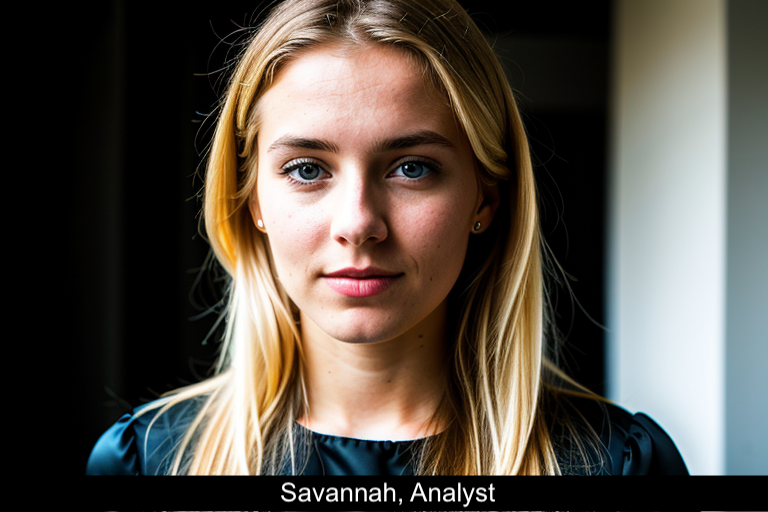The recent legal disputes between actors Blake Lively and Justin Baldoni highlight the growing concerns surrounding workplace harassment and the dynamics of public perception in the entertainment industry. Both Lively and Baldoni have filed lawsuits against each other, drastically escalating the situation and drawing attention to the implications for their careers, the film industry, and media integrity.
Blake Lively’s lawsuit against Justin Baldoni and his publicity team alleges sexual harassment and an orchestrated campaign to damage her reputation following incidents that transpired during the production of their film, “It Ends With Us.” In stark contrast, Baldoni has responded by filing a lawsuit against The New York Times for libel and accusing the publication of conspiring with Lively to undermine his character. This dual legal contention raises several critical issues that merit in-depth analysis.
### The Implications of Legal Controversies in Hollywood
The cases underscore a significant trend in Hollywood where the nature of allegations can severely impact reputations, careers, and the financial stability of those involved. Lawsuits related to harassment not only have personal ramifications for the individuals but also evoke broader societal concerns about workplace culture in the entertainment industry.
For Lively, who accuses Baldoni of sexual harassment, the legal action appears to be a means of standing up against alleged misconduct and seeking accountability. Her claim for compensatory damages for “lost wages” and “mental pain and anguish” further highlights the psychological toll of such experiences. This raises awareness around the often-hidden struggles many face in the film world, prompting questions about protective measures and support systems available to actors.
On the other hand, Baldoni’s suit against The New York Times reflects a defensive stance typical in highly public cases where reputations hang in the balance. His claims suggest a perceived collusion between journalists and Lively, aimed at tarnishing his image rather than presenting an unbiased narrative. This element reflects fears among public figures regarding the integrity of media reporting and the potential for misrepresentation in the public eye.
### The Role of Media in Shaping Perceptions
Media plays a pivotal role in how allegations are reported and perceived by the public. As the dispute escalates, it brings into focus the responsibilities of media outlets in covering sensitive issues. The New York Times has defended its reporting, asserting that it was based on a thorough examination of original documents. However, Baldoni’s claims of “cherry-picked” evidence reveal the contentious nature of how narratives are constructed in the public domain.
This situation serves as a cautionary tale for media professionals, emphasizing the necessity of rigor and fairness in reporting. The backlash that follows a controversial report can lead to significant professional consequences, as evidenced by Baldoni’s talent agency dropping him amidst ongoing allegations. Such developments highlight the tangled web of influence where media narratives can extenuate or exacerbate personal and professional crises.
### Cultural and Societal Reflection
This dispute underlines deeper cultural issues regarding gender dynamics and the respective treatment of men and women in cases of harassment. The polarization between the narratives of Lively and Baldoni could evoke strong reactions from both sides of the societal spectrum. Advocates against harassment may rally to Lively’s cause, while others may sympathize with Baldoni in viewing the consequences as disproportionate in the wake of serious, unproven allegations.
In examining these cases, it’s vital to consider how society perceives claims of misconduct. The public sphere plays a crucial role, often resulting in immediate repercussions based on allegations rather than proven facts. This immediacy can be damaging, as it may lead to reputational harm before a thorough investigation has occurred, which is an essential aspect of due process.
### Legal Considerations Moving Forward
As the lawsuits progress, they could set precedents for how similar allegations are treated in the entertainment sector. The outcomes could influence broader policy discussions around workplace conduct, media ethics, and the legal responsibilities of those involved in high-profile altercations.
Furthermore, the potential for jury trials introduces an element of unpredictability into the equation, as public opinion and juror perspectives may shape the outcome beyond strict legal standards. The disputes highlight a perilous intersection of fame, responsibility, and the fight for justice.
### Conclusion and Cautionary Takeaways
As we watch the narratives unfold between Blake Lively and Justin Baldoni, several key takeaways emerge. The situation serves as a reflection of the societal climate surrounding allegations of misconduct, media responsibility, and the personal toll of such disputes.
For both the entertainment industry and the media, there needs to be greater awareness of the ramifications that follow allegations, highlighting the importance of proper discourse, ethical reporting, and the mental health of those involved. In conclusion, while these legal battles reveal the complexities of human interactions in a high-stakes environment, they also demand a commitment to fairness and justice in storytelling, both in courts of law and in the courts of public opinion. By observing the developing situation, stakeholders within the industry should be vigilant about the narratives that are constructed and the truths that remain unspoken.




